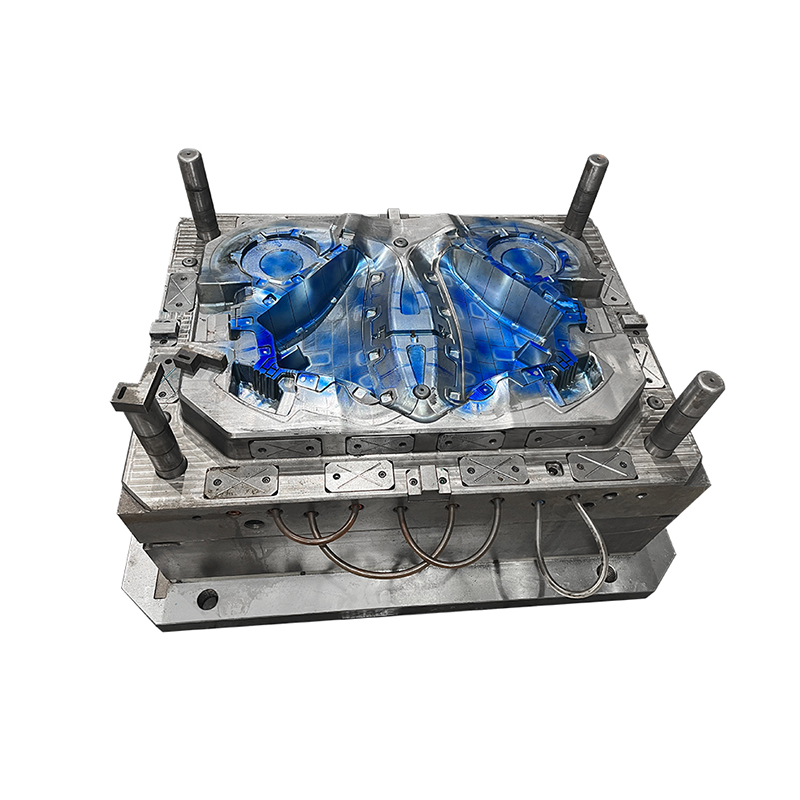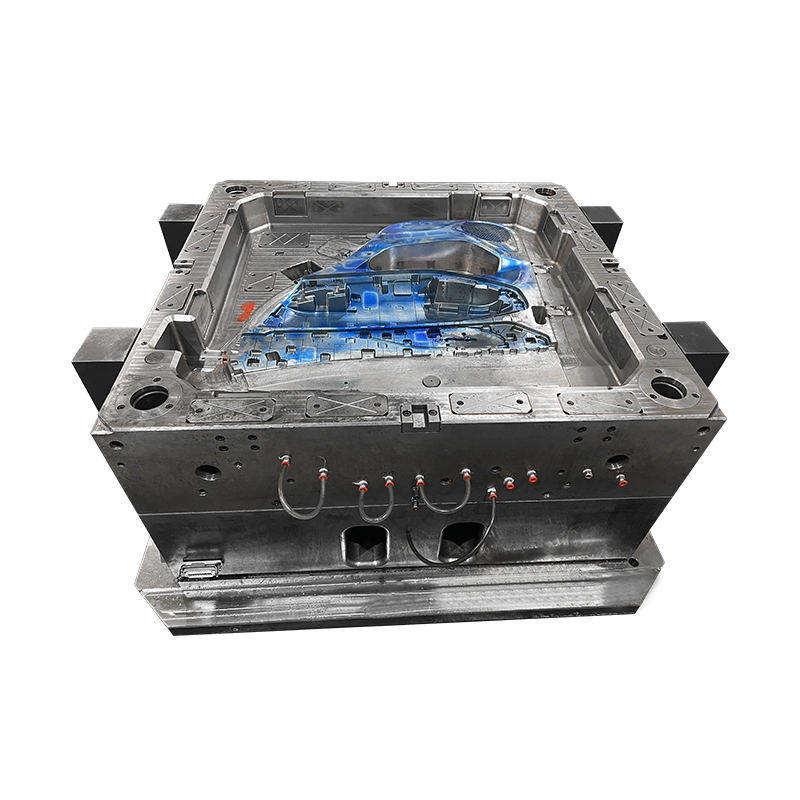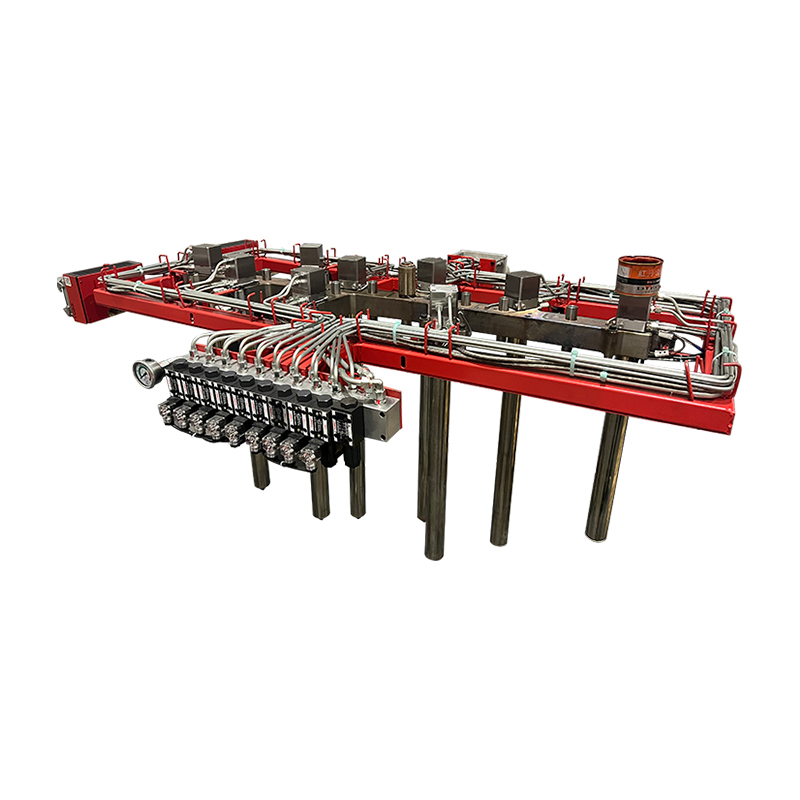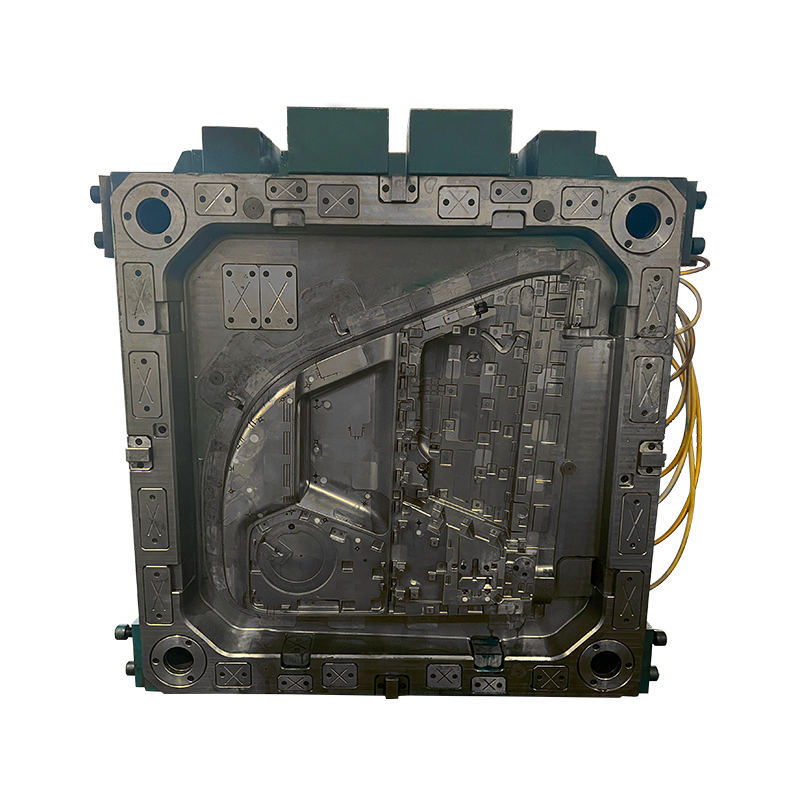SMC is widely used in truck part manufacturing due to several beneficial properties:
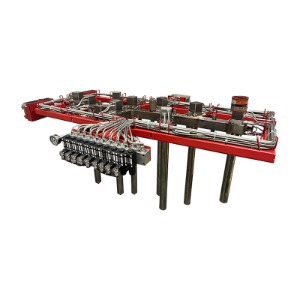
High strength-to-weight ratio
Corrosion and weather resistance
Dimensional stability
Smooth surface finish
Design flexibility
Typical truck parts made with SMC include bumpers, battery boxes, engine covers, aerodynamic panels, and interior trims. Given the mechanical demands and exposure to harsh conditions, the molds used to form these parts must be made from materials that are both precise and durable.
Functional Requirements of SMC Truck Part Molds
Before examining the specific materials used in molds, it is important to understand the functional requirements these molds must meet:
High Thermal Conductivity: Necessary for consistent curing of the thermoset SMC under elevated temperature.
Wear Resistance: Molds are subjected to frequent cycling under pressure and must resist wear.
Dimensional Stability: Molds must maintain tight tolerances during high-temperature operations.
Corrosion Resistance: Exposure to resins and humidity requires resistance to chemical degradation.
Surface Quality: The mold material must support polishing or texturing for surface finish control.
These criteria guide the selection of suitable materials for both the mold cavity and supporting components.
Core Materials Used in SMC Truck Parts Molds
1. Tool Steel
Tool steels are the commonly used materials for the cavity and core components of SMC molds. Grades such as P20, H13, and S136 are selected based on their balance of strength, heat resistance, and machinability.
P20 Steel: A pre-hardened alloy steel with good polishability and durability. It is commonly used for medium-volume production molds.
H13 Steel: Offers higher hardness and thermal fatigue resistance, making it suitable for high-volume molds with frequent thermal cycling.
S136 Stainless Steel: Known for corrosion resistance and high polishability. Often used for molds where hygiene and surface finish are important, though less typical for truck parts unless needed for detailed surface features.
Each of these materials can be hardened to enhance mold life and performance, particularly when manufacturing large and complex parts.
2. Beryllium Copper Inserts
In areas where high thermal conductivity is needed, such as thin or detailed sections of the mold, beryllium copper inserts are sometimes used.
Advantages: thermal conductivity allows for faster heat transfer, improving cycle time and surface finish.
Applications: Used in localized hot spots or areas with detailed surface features that require uniform curing.
While beryllium copper is more expensive than steel, its targeted use improves mold performance without significantly increasing cost.
3. Aluminum (Selective Use)
Aluminum molds are not commonly used for high-pressure SMC compression molding due to lower wear resistance, but high-grade aluminum alloys may be used in prototype or low-volume production.
Lightweight and easy to machine
Suitable for testing and temporary tooling
In the truck parts sector, aluminum molds may be used in early product development phases.
Surface Treatments and Coatings
To extend mold life and improve performance, surface treatments and coatings are applied:
Hard Chrome Plating: Enhances surface hardness and wear resistance.
Nitriding: Forms a hard layer on steel mold surfaces for improved durability.
Teflon or Fluoropolymer Coatings: Reduces mold stickiness and aids in part release, especially for complex truck parts.
These treatments ensure the mold withstands the rigors of repeated SMC processing while maintaining product quality.
Supporting Components and Mold Structure
Beyond the cavity and core, the mold includes various supporting components such as base plates, guide pillars, and hydraulic systems. These are often made from standard structural steels like 45# or Q235, which offer adequate strength and machining properties for non-contact mold elements.
Cooling and heating channels, critical for temperature control, may use copper pipes or stainless-steel tubing embedded within the mold body. Proper integration of these elements supports efficient thermal regulation during molding.



